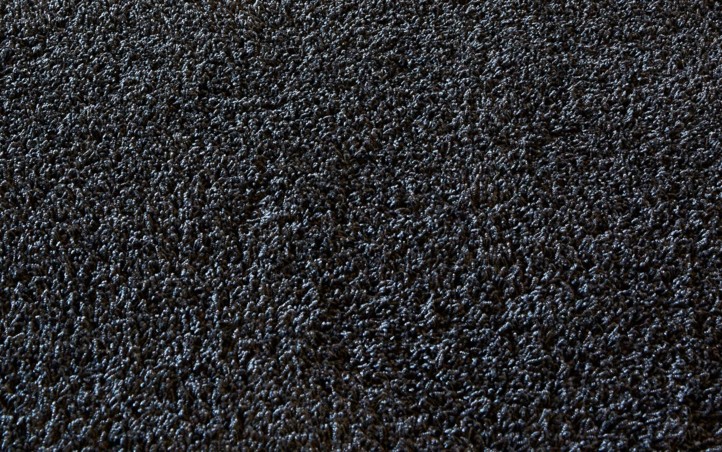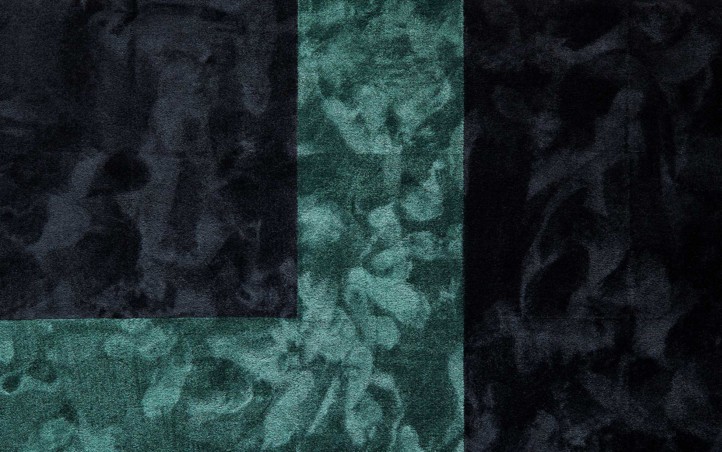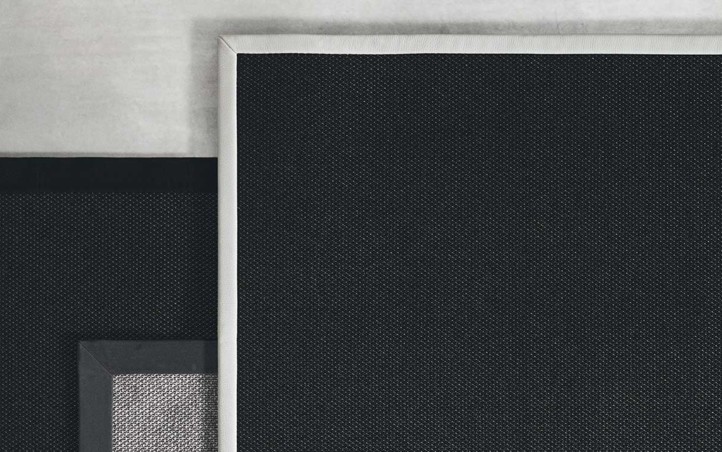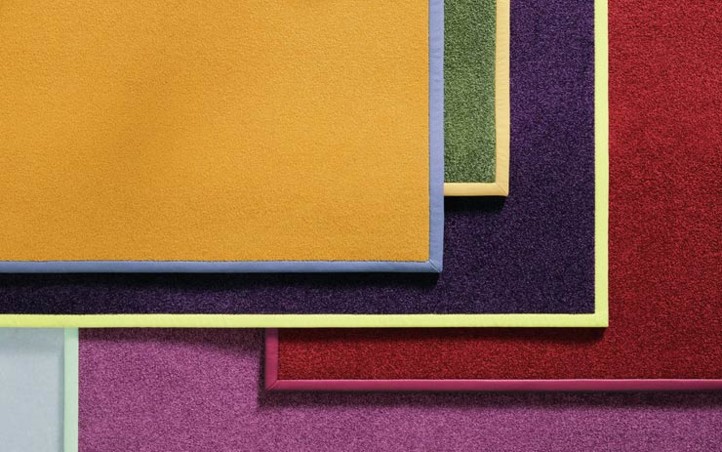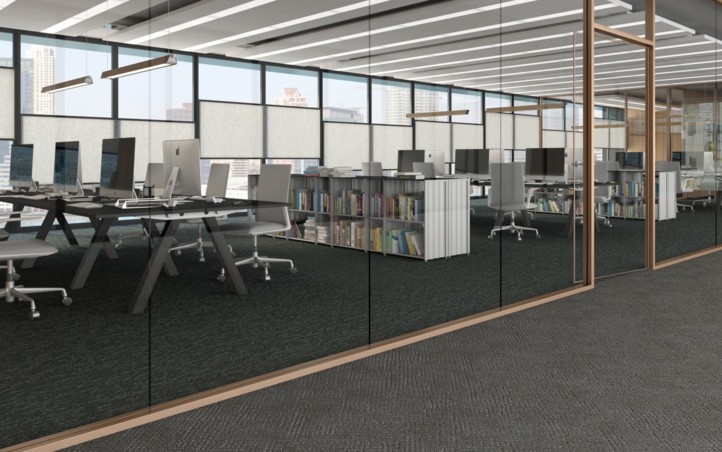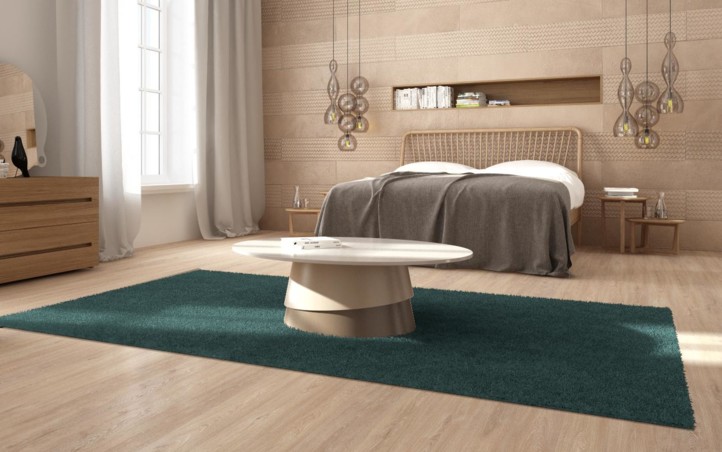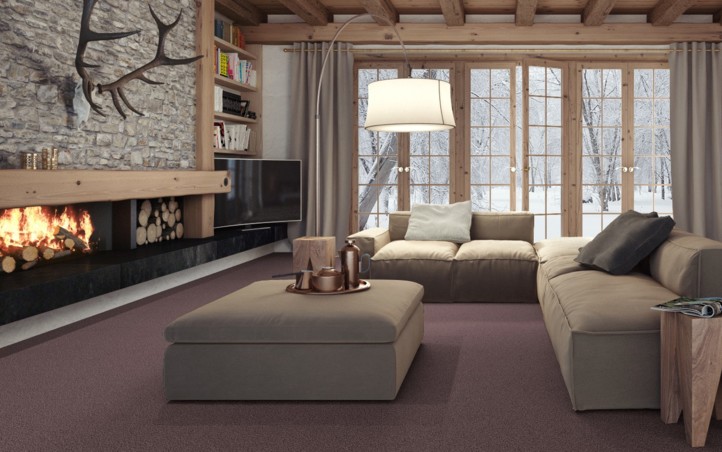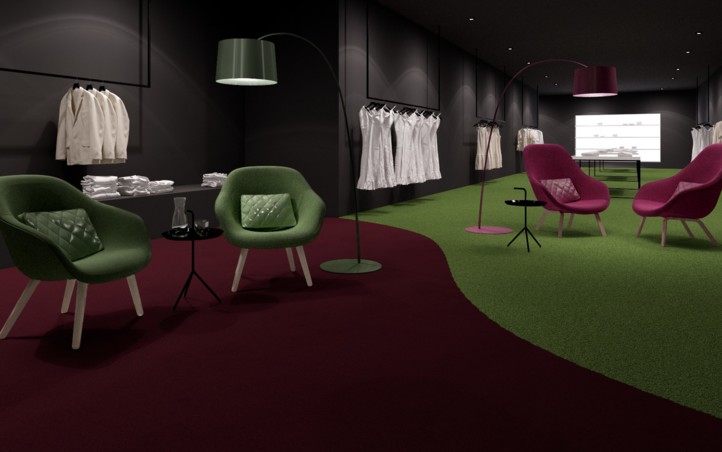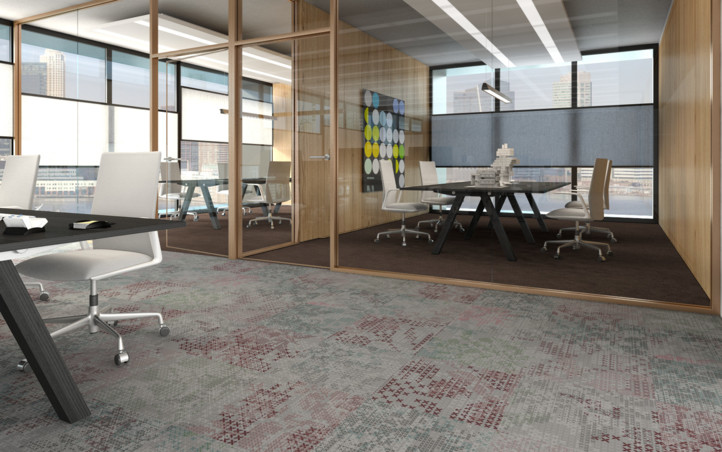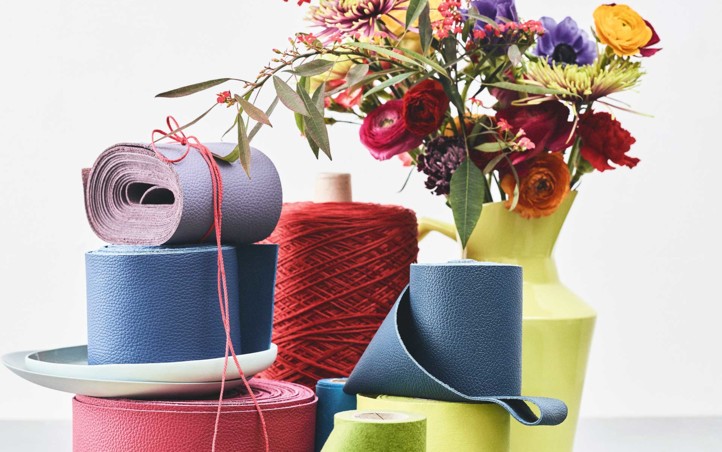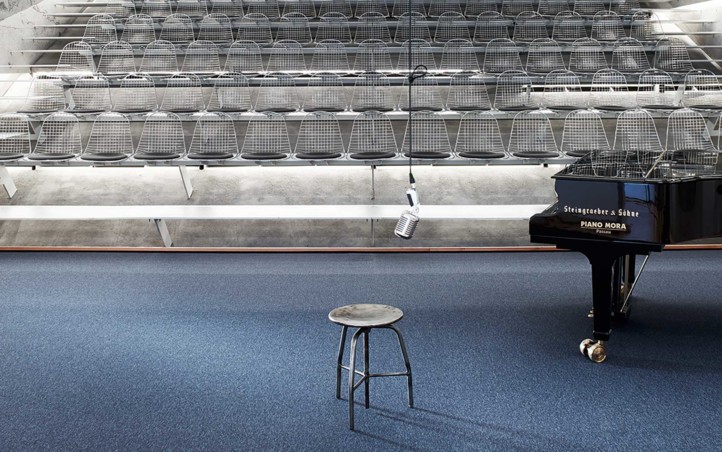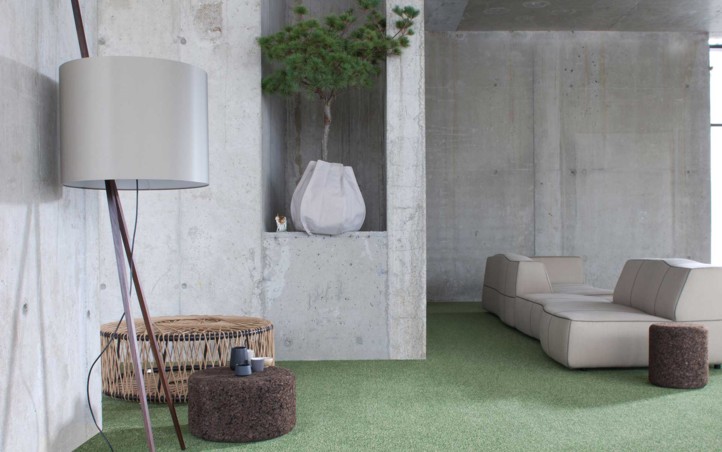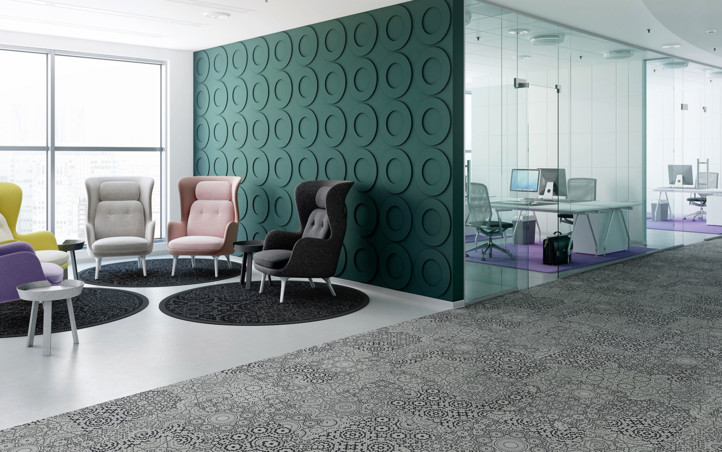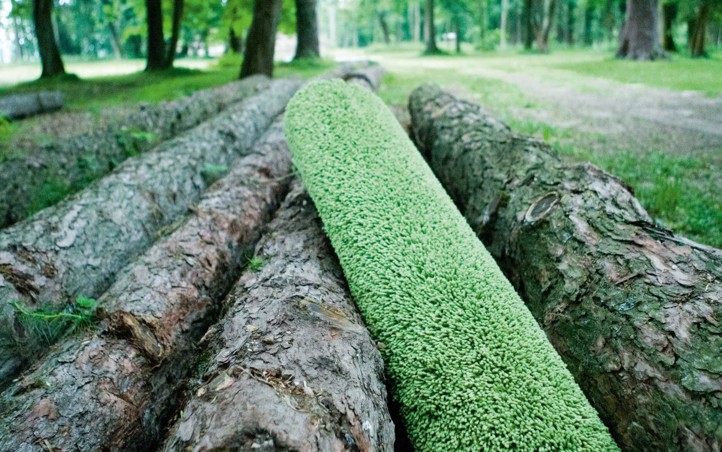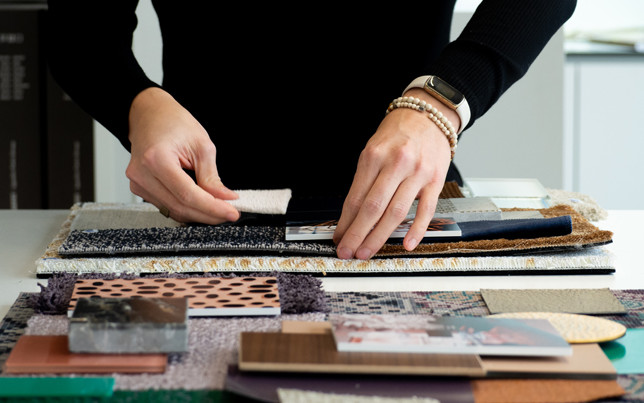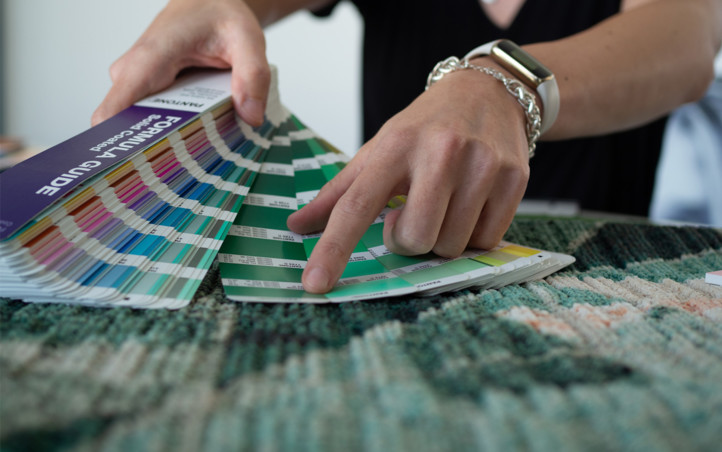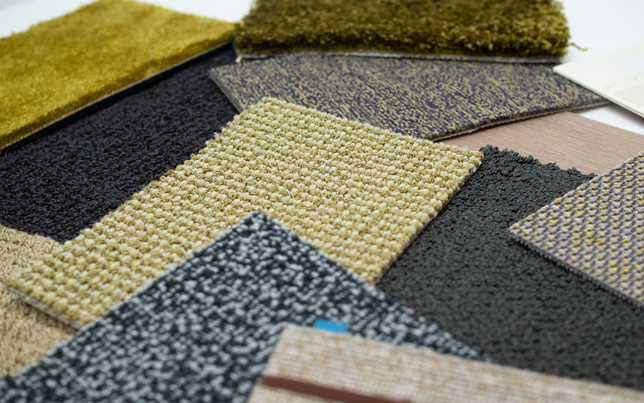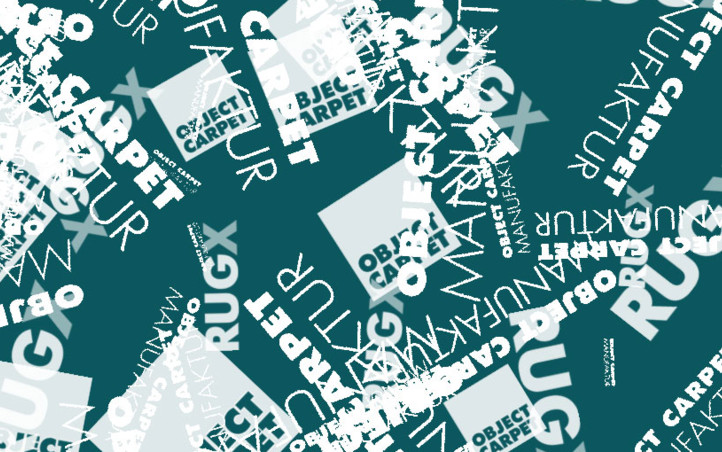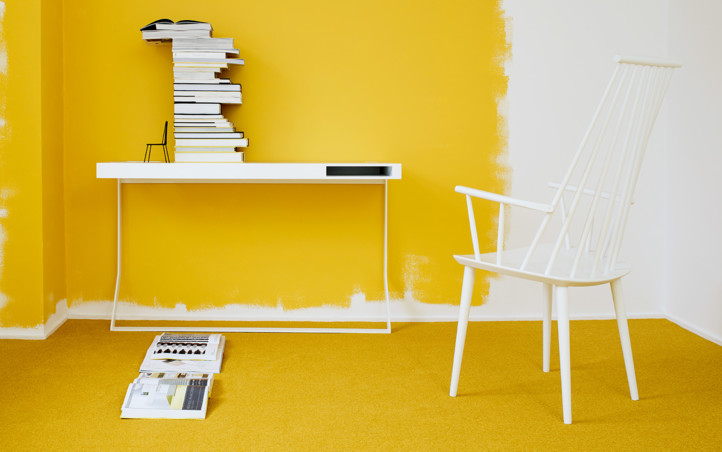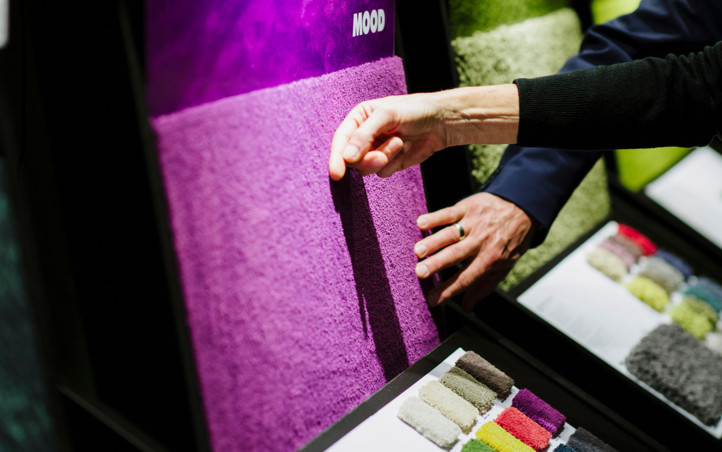RUGX
ECO Solo
The loop carpet has become a staple design in offices.The ECO SOLO's
mélange pile is resistant to dirt and signs of wear.
Ordering of Samples & Texture files
Please select a colour.
Download texture files for all colours
Download is being processed

Back to the Overview
Download texture files
Article cannot currently be ordered online as a sample. Please get in touch with your known contacts or info@object-carpet.com if you have an urgent requirement.

Back to the Overview
Download texture files
Article cannot currently be ordered online as a sample. Please get in touch with your known contacts or info@object-carpet.com if you have an urgent requirement.

Back to the Overview
Download texture files
Article cannot currently be ordered online as a sample. Please get in touch with your known contacts or info@object-carpet.com if you have an urgent requirement.

Back to the Overview
Download texture files
Article cannot currently be ordered online as a sample. Please get in touch with your known contacts or info@object-carpet.com if you have an urgent requirement.

Back to the Overview
Download texture files
Article cannot currently be ordered online as a sample. Please get in touch with your known contacts or info@object-carpet.com if you have an urgent requirement.

Back to the Overview
Download texture files
Article cannot currently be ordered online as a sample. Please get in touch with your known contacts or info@object-carpet.com if you have an urgent requirement.

Back to the Overview
Download texture files
Article cannot currently be ordered online as a sample. Please get in touch with your known contacts or info@object-carpet.com if you have an urgent requirement.

Back to the Overview
Download texture files
Article cannot currently be ordered online as a sample. Please get in touch with your known contacts or info@object-carpet.com if you have an urgent requirement.

Back to the Overview
Download texture files
Article cannot currently be ordered online as a sample. Please get in touch with your known contacts or info@object-carpet.com if you have an urgent requirement.

Back to the Overview
Download texture files
Article cannot currently be ordered online as a sample. Please get in touch with your known contacts or info@object-carpet.com if you have an urgent requirement.

Back to the Overview
Download texture files
Article cannot currently be ordered online as a sample. Please get in touch with your known contacts or info@object-carpet.com if you have an urgent requirement.

Back to the Overview
Download texture files
Article cannot currently be ordered online as a sample. Please get in touch with your known contacts or info@object-carpet.com if you have an urgent requirement.
Borderings

The folds are turned over, the rear side is with BlackThermo®Filz Acoustic
Plus slip-resistant. No further base is needed; BlackThermoFilz guarantees
a high acoustic absorption and warmth insulation, as well as luxurious
walking comfort.
Colours

The so-called enframing through darning in threads gives the textile floor
surface a sophisticated framework underlining the textile characteristic
of every RUGX - for round and square RUGX.
Colours

High quality edging, made from natural leather with a beautifully grained
surface fabric. The high quality is reflected in the invisible seam edge.
square: optionally, approx. 2.50 – 5.00 cm visible width round: 2.50 cm
visible width hidden seam, hidden corner
Colours

The new edging called Protect excels as a specially robust and
hard-wearing material, which is easy to clean. It is ideally suitable for
busy spaces, as well as living areas.
square: optionally, approx. 1.00 cm visible width
round: 1.00 cm visible width
round and square: 1 cm visible width – only with standard backing
Colours

The new edging called Protect excels as a specially robust and
hard-wearing material, which is easy to clean. It is ideally suitable for
busy spaces, as well as living areas.
square: optionally, approx. 2.50 – 5.00 cm visible width
round: 2.5 cm visible width
round and square: 1 cm visible width – only with standard backing
Colours

The subtlety, elegance and velvety surface are the special characteristics
of edging in full-grain leather optic. A particular high quality is
reflected in the invisible seam edge.
visible seam, hidden corner
Colours

The especially firm and delicate woven fabric, coupled with the matt
surface is a distinguishing feature of the cotton edging. A particular
high quality is reflected in the invisible seam edge.
square: optionally, approx. 2.50 – 5.00 cm visible width
round: 2.50 cm visible width
visible seam, hidden corner
Colours

The especially firm and delicate woven fabric, coupled with the matt
surface is a distinguishing feature of the cotton edging. A particular
high quality is reflected in the invisible seam edge.
square: optionally, approx. 2.50 – 5.00 cm visible width
round: 2.50 cm visible width
round and square: 1cm visible width – only with standard backing
visible seam, hidden corner
Colours

The especially firm and delicate woven fabric, coupled with the matt
surface is a distinguishing feature of the cotton edging. A particular
high quality is reflected in the invisible seam edge. square: optionally,
approx. 1.00 cm visible width round: 1.00 cm visible width round and
square: 1 cm visible width – only with standard backing
Colours

Could
we interest you in a little more? The framing of the fitted carpet is
complemented with this exclusive finish by the sewing of threads around
trendy cut fringes. The 9.5 cm long fringes highlight the RUGX’s textile
character and add striking touches by way of their vivid colours - for
round and square-cut carpets, all around it or on selected edges.
Colours
Product features
5
B
M
s
W
q
K
r
7
%
3
b
Wearability EN 1307 (commercial high)
The wearability is determined on the basis of density, hardness,
flammability as well as acoustic and thermal properties. Depending on the
wearability, floor coverings are divided into strains classes that provide
information on possible fields of application.
Flammability EN 13 501 – 1 (CFL-S1)
The European standard defines uniform classes from A (non-flammable, not
for carpets) to F (highly flammable) for the fire behavior of building
materials. Contract areas often require the classes Cfl and Bfl (fl =
flooring). The fire classes B, C and D are divided into classes s1 and s2.
A product in the same fire class performs better with s1, since the smoke
development is lower here than in s2.
Comfort class EN 1307 (LC2)
The comfort value of textile floorings is calculated according to the
European norms on the basis of parameters (weight or thickness of the pile
material used as well as the number of nubs or loops). A higher LC value
(= Luxury Class) means a higher comfort value. The more crowns the symbol
shows, the more luxurious the textile flooring is.
Suitability for chair castors (intensive usage)
Textile floor coverings are extremely strained when using office chairs.
Only extremely robust textile floor coverings are suitable for the use of
chair castors. Due to varying levels of strain, a distinction is made
between the use in the private sector (symbol: chair castor and house) and
the use in the object area (symbol: chair castor).
Suitability for stairs (intensive usage)
When using textile floor coverings on stairs, the parts of the carpet that
rest on the edge of a step become extremely stained. Only carpets bearing
one of the two symbols are suitable.
Rated sound absorption coefficient aw
The sound absorption coefficient was determined in accordance with ISO 354 and
indicates how large the absorbed portion of the total incident sound is.
Light fastness ISO 105-B02
The symbol indicates that the textile floor covering meets the basic
requirements for light fastness (>=5, for pastel shades >=4) in accordance
with the test method EN ISO 105-B02.
Footstep absorption improvement coefficient ISO 140-8 DLW
The footstep absorption improvement was determined according to ISO 140-8 DLW.
Basically, all textile floor coverings have excellent sound and footfall
absorption properties.
Thermal permeability ISO 8302
If a textile floor covering is laid on a floor heating, its thermal
permeability should be as small as possible. Usually, the value should be
less than 0.17m²K / W. The symbol indicates that the textile floor
covering can be used in combination with an underfloor heating.
Surface resistivity ISO/DIS 10965 ROT
Particularly contract areas often place higher demands on the electrical
behavior of floor coverings. Textile floor coverings are considered to be
electrostatically dissipative if the surface resistivity is ≤ 109Ω.
Skid resistance
According to EN 14041, floor coverings must comply with certain safety
aspects, including the slip resistance. To be equipped with the DS symbol,
the textile floor covering must have a dynamic coefficient of frictional
resistance of >0.3 in a dry and unpolluted condition.
Electrostatic loading EN 1815
Particularly contract areas often place higher demands on the electrical
behavior of floor coverings, e.g. in computer rooms. The symbol indicates
whether the textile floor covering is conductive.
DISPLAY IN CONFIGURATOR
Switch to Configurator
Downloads
